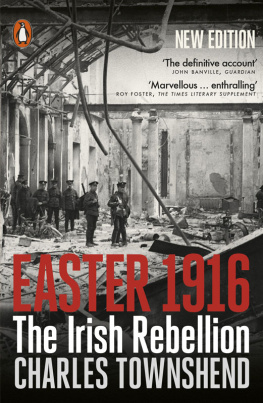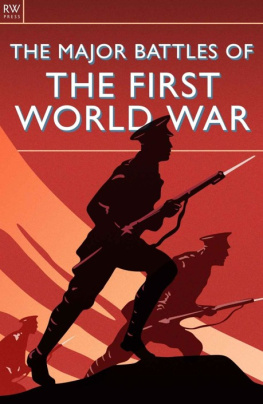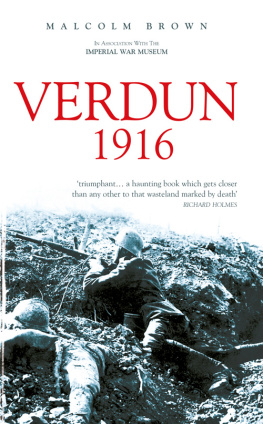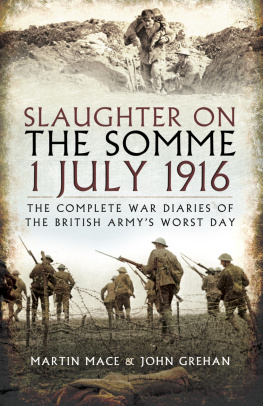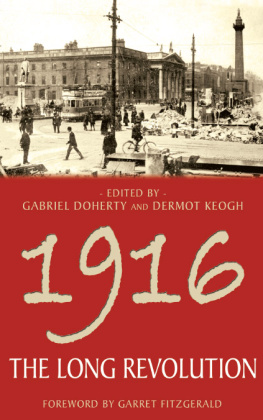1916
1916
A Global History
Keith Jeffery

In memory of Peggy Visick, 30 May 1916 to 5 September 2009.
A reminder that good, as well as bad, came out of 1916.
Contents

On Sunday 6 July 1919, which was officially appointed to be a Public Thanksgiving Day for peace throughout the United Kingdom, the Reverend John England preached a sermon in the small Irish Methodist Church at Athy, County Kildare, in which he meditated on the all-consuming nature of the recent war and its global compass.
No matter where we went [he said], we could never get away the thought was ever present & oppressive newspapers, magazines, even picture houses & novels brought home constantly to minds that we were at war, that our men were laying down their lives on the far flung line of battle, that the best blood of youth & young manhood was being poured out like water on the plains of Flanders, the heights of Northern Italy, the wide spaces of Mesopotamia, the sacred spots of Palestine, hitherto unknown portions of Africa & the high seas.
This book begins in Ireland, not just through this eloquent illustration of the extraordinary local and global impact of what rapidly became known as the Great War, but because events of the year 1916 are central to the twentieth-century creation and development of the states which now exist on the island of Ireland. The two most significant moments of the war for Ireland were Easter Monday 1916, when separatist republican nationalists launched a rebellion against British rule, and 1 July 1916, when the infantry assault at the battle of the Somme began, and men of the 36th (Ulster) Division, representing Unionism in Ireland, went over the top and suffered grievous casualties. Both of these experiences quickly became sanctified in their respective Irish political traditions and they have been stitched into the creation stories of both the Irish Republic and Northern Ireland.
The war provided both the moment and the mode for these Irish and Ulster demonstrations of devotion, commitment and military endeavour, both for and against the wider political objectives of the war. In this sense these specifically Irish events are just part of a much wider pattern, in which local loyalties, differences and antagonisms were everywhere affected and often amplified by the war itself. The experiences of the Easter Rising and the Somme thus exemplify the first main theme of this book, which is the inescapably global reach of the conflict.
The history of the First World War, as commonly understood in Britain and America, as well as France, has quite literally got stuck in the mud and trenches of the Western Front, in that blood-soaked frontier zone across the Low Countries and north-eastern France, which for centuries has been fought over by competing armies. This focus is understandable enough for the French and Belgians, for whom the conflict was above all a desperate war of national and territorial self-defence. The military involvement of the United States (as also of Canada) was primarily on the Western Front, and so for them, too, the focus is readily explicable. More British soldiers served and died here than anywhere else, and so, again, there is good reason for a concentration on this theatre of operations. In Britain, many schools organise tours to the easily visited battlefields of France and Belgium, and so many students study the war poets (of whom Wilfred Owen has become the most deeply embedded in the national consciousness), that popular understanding about the war and the pity of war is located in an imagined space in France and Flanders. Here, in the rich earth of the unforgettable Commonwealth War Cemeteries along the Old Front Line is concealed the richer dust of the English fallen. For the most part, for most people, it is corners of French and Belgian foreign fields which are forever England. Of course, Rupert Brooke, who coined these enduring images, did so before he departed, not for France, but for the eastern Mediterranean, and, indeed, he perished before even arriving at any battle front.
Brookes last journey east helpfully allows us to shift the focus away from Western Europe, for any study of the 191418 war which concentrates mainly on that region is profoundly flawed and limited. Only by placing the battles of France and Flanders in their wider context can we begin to approach a proper understanding of the First World War. My aim in this book has been to use emblematic events from each month of 1916 as hooks for a series of reflections through which the astonishing range, variety and interconnectedness of the wartime experience can be charted. Thus my exploration begins with Gallipoli (the destination Rupert Brooke never reached), where the future British prime minister, Clement Attlee, helped lay the plans for the evacuation completed in January 1916, and ends with Grigorii Rasputin sinking beneath the icy waters of the river Nevka in Petrograd at the end of December.
The impressively kaleidoscopic range of participants at Gallipoli Turks, Arabs, French, Senegalese, Maltese, Indians, British, Irish, Anzacs is characteristic of many other theatres and, here as elsewhere, I have endeavoured where possible to draw into the narrative sometimes marginalised participants in the war, non-combatants as well as soldiers, women as well as men. February and March take us to France the iconic struggle for Verdun, where Germany aimed to bleed France dry (and very nearly succeeded) and the crazy battle front along the Dolomites and Isonzo, where the Italians and the patchwork Habsburg army fought themselves to a standstill.
April brings the narrative to the Easter Rising in Dublin, imperfectly understood (not only in Ireland) as a First World War battlefield. Here the occasion of the Great War and the prevailing wartime mode of employing organised violence for national political ends provided for some separatists the most opportune moment to strike for freedom from the British Empire. The powerful infection of nationalism manifest in 1916, while temporarily blocked in Ireland, went on fatally to challenge Ottoman and Habsburg imperial systems. The battle of Jutland in May 1916 moves us away from terrestrial concerns to the maritime conflict which was worldwide from the very start, with naval engagements off the coasts of South America in the first months of the war. Here, too, we can explore the crucial (though debatably effective) naval blockade which was thought to have played such an important part in the Allied war effort. In part (but not solely) because of the blockade, the maritime struggle affected neutral countries and populations more extensively than any other aspect of the war. While Norway was neutral, for example, the Norwegians as a seafaring people could not escape the sufferings of the conflict. The port of Sandefjord in south Norway is famous particularly for whaling, but there is a First World War memorial even there with the names of thirty-two local men who were killed serving on ships lost during the conflict.
The Brusilov offensive in June takes the narrative to the Eastern Front where from the start there were colossal battles involving hundreds of thousands of soldiers and affecting further masses of civilians caught up in the wartime turmoil. It was the most successful Russian imperial offensive of the war, but one which helped terminally undermine the empires capacity for further sustained involvement. The Easter Rising in Ireland, moreover, was far from being the only rebellion against imperial rule during 1916. In July a major revolt broke out in Russian central Asia, sparked off by the increasing war-prompted demands being imposed on the regions imperial subjects. This rebellion raised questions about the loyalty of Muslims, a concern which also troubled the British, who at the time ruled more Muslims than any other state. The wartime exploitation of colonial manpower by the British (and the French), as well as the Russians, threatened at times seriously to destabilise imperial rule and, as graphically illustrated in John Buchans 1916 novel,
Next page
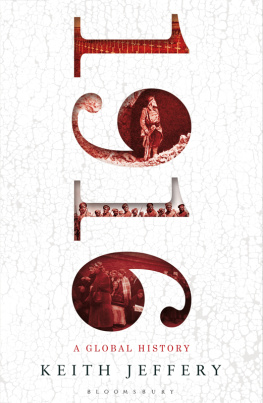
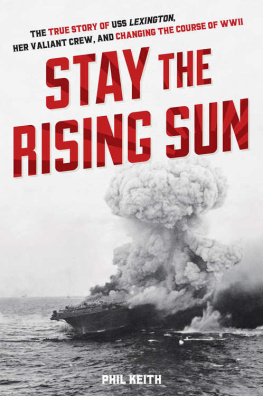
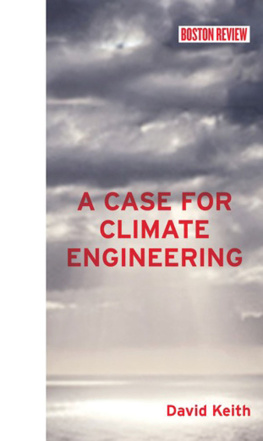

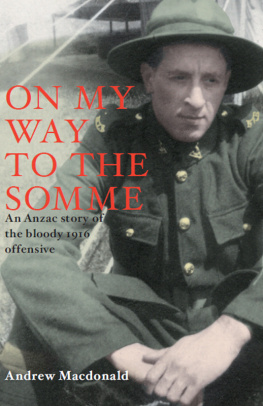
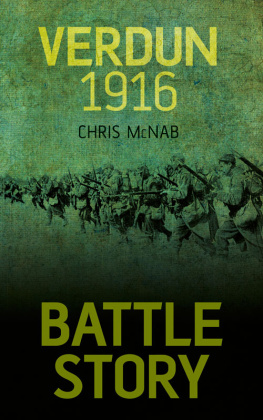

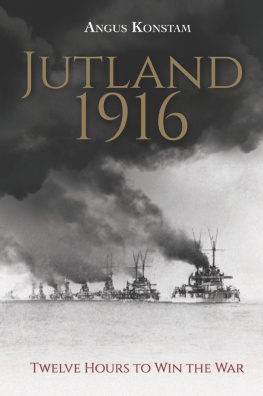
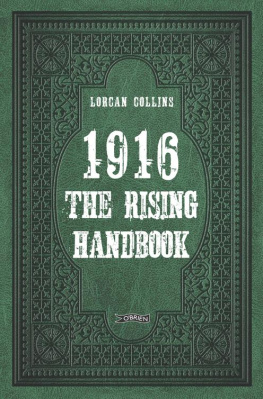
![Lorcan Collins [Lorcan Collins] - 1916: The Rising Handbook](/uploads/posts/book/143326/thumbs/lorcan-collins-lorcan-collins-1916-the-rising.jpg)
